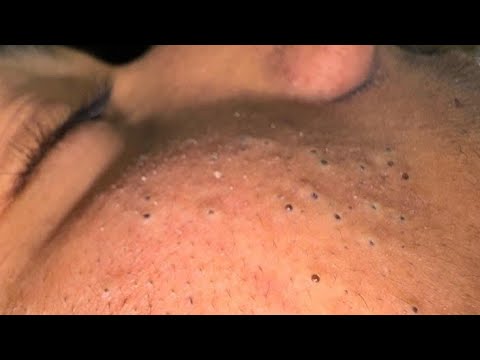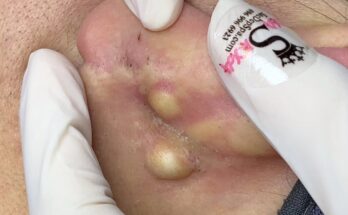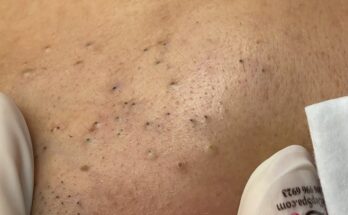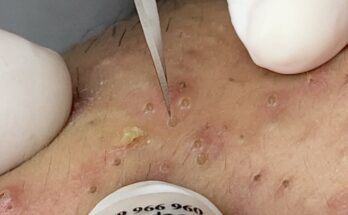
Hormonal acne, a common skin condition, is characterized by breakouts linked to fluctuations in hormone levels, particularly androgens. These hormones stimulate the sebaceous glands to produce excess sebum, an oily substance that, when combined with dead skin cells, can clog pores and lead to inflammation and acne. This type of acne is often seen during puberty, menstruation, pregnancy, and menopause, and can affect both teenagers and adults.
The symptoms of hormonal acne typically include deep, cystic pimples that are often painful and located on the lower face, such as the chin, jawline, and cheeks. Unlike typical acne, these lesions are often inflamed and can leave stubborn hyperpigmentation or scarring. The cyclical nature of these breakouts, often appearing at the same time each month, is a key indicator of their hormonal cause.
Effective treatment for hormonal acne often requires a multi-faceted approach. Topical treatments like retinoids, benzoyl peroxide, and salicylic acid can help unclog pores and reduce inflammation. However, since the root cause is internal, systemic treatments are often more effective. Oral medications such as spironolactone, a diuretic that blocks androgen receptors, or oral contraceptives that regulate hormone levels, are commonly prescribed by dermatologists. Lifestyle changes, including a healthy diet, stress management, and a consistent skincare routine, can also significantly improve symptoms and help manage this persistent condition. Consulting a dermatologist is crucial to determine the most suitable and effective treatment plan.


